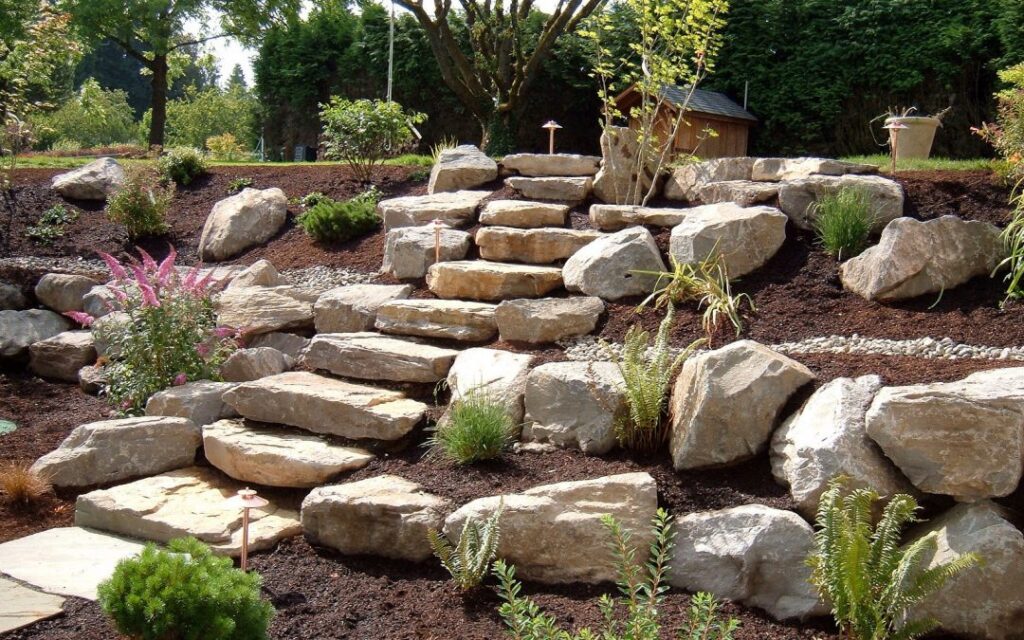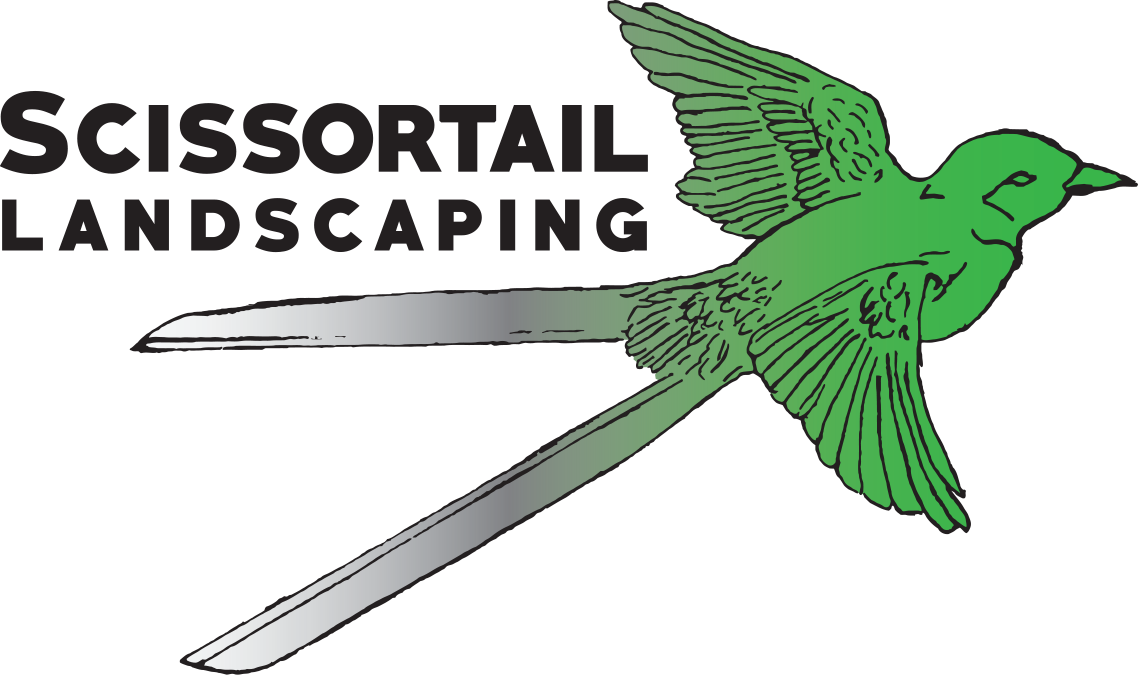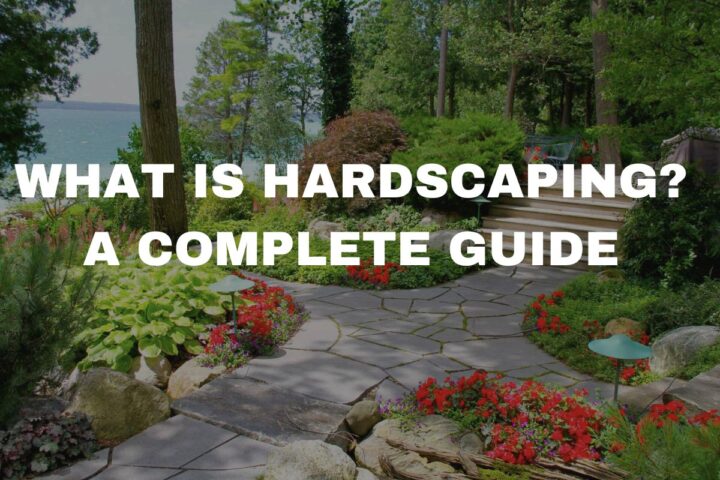Are you seeking to add aesthetic appeal and functionality to your outdoor space? You’ve likely come across the term ‘hardscaping’ in your research. However, you might find yourself wondering, “What is hardscaping, and how can it transform my yard?” This guide from Scissortail Landscaping, a leading landscaping company based in Oklahoma City, aims to answer all your hardscaping questions.
What is Hardscaping?
Hardscaping is a subcategory of landscaping. While landscaping refers to the living elements of your outdoor space (plants, flowers, trees, etc.), hardscaping involves the non-living components like pathways, patios, fences, and more. Hardscaping not only enhances the beauty of your outdoor space but also its functionality.
Benefits of Hardscaping
Hardscaping offers numerous benefits. It can significantly boost your property’s curb appeal, which can increase its market value. A well-designed hardscape is also functional – providing more living space for entertainment and relaxation. Additionally, hardscaping can reduce water usage by replacing grassy areas with stone or other materials, which is an environmental and economical advantage.
Elements of Hardscaping
A variety of elements fall under hardscaping. These can include:
- Pathways and Walkways: They guide visitors around your property, connecting different areas and creating flow in your outdoor space.
- Patios and Decks: These provide excellent spaces for outdoor entertainment or relaxation.
- Retaining Walls: These structures can help manage drainage and prevent soil erosion.
- Fences and Gates: Fences can enhance privacy and security, while gates can serve as striking entryways.
- Water Features: Elements like fountains, ponds, and waterfalls can add a tranquil touch to your hardscape.
- Outdoor Structures: Structures like pergolas, gazebos, and arbors can provide shade and visual interest.
Materials for Hardscaping

The materials you choose for your hardscaping project can significantly influence its look and feel. Here are some common options:
- Natural Stone: This versatile material adds a timeless, natural touch to any hardscape design.
- Concrete: Durable and cost-effective, concrete is ideal for constructing patios, walkways, and more.
- Brick and Pavers: These lend a classic, elegant look to your hardscape and come in various colors and styles.
- Wood: Often used for decks, fences, and outdoor structures, wood offers a warm, natural aesthetic.
Pros and Cons of Hardscaping
Hardscaping can transform your outdoor space into a functional, visually pleasing area. However, it’s important to weigh the pros and cons before embarking on any hardscaping project. On the plus side, hardscaping can increase property value, reduce water usage, and provide more functional outdoor space. On the downside, hardscaping can be costly and may require more maintenance than a traditional lawn.
Maintenance and Care
Proper maintenance and care of your hardscape will ensure it remains attractive and functional for years. This can include regular cleaning, resealing surfaces as needed, and checking for any signs of damage or wear.
Conclusion
In conclusion, hardscaping is a fantastic way to enhance your property’s beauty and functionality. It’s an investment that offers long-term benefits, from improved curb appeal to increased property value. Remember, a well-planned hardscape can turn your outdoor space into your personal oasis.
Frequently Asked Questions (FAQS):
How much does hardscape work cost?
The cost of hardscaping varies widely based on the materials used, the complexity of the design, and the scope of the project. It’s always recommended to get quotes from different professionals to get a feel for the potential cost.
Can hardscaping increase your home’s value?
Absolutely! Quality hardscaping can enhance your home’s curb appeal, make your outdoor space more usable, and potentially increase your property’s value.
What’s the difference between hardscaping and landscaping?
While both are crucial aspects of creating an appealing outdoor space, the main difference lies in their components. Landscaping refers to the living elements of your outdoor space like plants, trees, and flowers. In contrast, hardscaping involves the non-living, hard materials such as stone, concrete, and metal used to design and organize the landscape.
Remember, the key to successful hardscaping lies in a thoughtful balance between hard and soft elements in your landscape, along with the appropriate selection of hardscaping materials. If you’re unsure, don’t hesitate to reach out to a professional for guidance. Here at The Scissortail Landscaping, we’re always here to assist you in making your outdoor space dreams come true!

